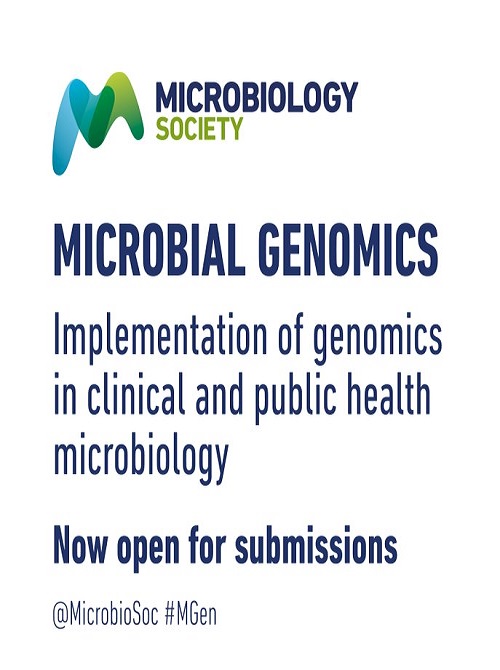元基因组学中的深度学习方法:综述
IF 4
2区 生物学
Q1 GENETICS & HEREDITY
引用次数: 0
摘要
随着测序成本的不断降低和元基因组学潜在应用领域的不断扩大,数据生成量空前激增。元基因组学最普遍的应用之一是研究微生物环境,如人体肠道。肠道微生物组对人类健康起着至关重要的作用,为病人的诊断和预后提供重要信息。然而,由于参考目录、稀疏性和组成性等多种因素,分析元基因组数据仍然具有挑战性。深度学习(DL)提供了新颖而有前景的方法,可以补充最先进的微生物组管道。基于深度学习的方法几乎可以解决微生物组分析的所有方面,包括新型病原体检测、序列分类、患者分层和疾病预测。除了生成预测模型外,这些方法的一个关键方面还在于它们的可解释性。本文回顾了元基因组学中的 DL 方法,包括卷积网络、自动编码器和基于注意力的模型。这些方法汇总了上下文数据,为改善病人护理和更好地了解微生物组在我们健康中的关键作用铺平了道路。本文章由计算机程序翻译,如有差异,请以英文原文为准。
Deep learning methods in metagenomics: a review
The ever-decreasing cost of sequencing and the growing potential applications of metagenomics have led to an unprecedented surge in data generation. One of the most prevalent applications of metagenomics is the study of microbial environments, such as the human gut. The gut microbiome plays a crucial role in human health, providing vital information for patient diagnosis and prognosis. However, analysing metagenomic data remains challenging due to several factors, including reference catalogues, sparsity and compositionality. Deep learning (DL) enables novel and promising approaches that complement state-of-the-art microbiome pipelines. DL-based methods can address almost all aspects of microbiome analysis, including novel pathogen detection, sequence classification, patient stratification and disease prediction. Beyond generating predictive models, a key aspect of these methods is also their interpretability. This article reviews DL approaches in metagenomics, including convolutional networks, autoencoders and attention-based models. These methods aggregate contextualized data and pave the way for improved patient care and a better understanding of the microbiome’s key role in our health.
求助全文
通过发布文献求助,成功后即可免费获取论文全文。
去求助
来源期刊

Microbial Genomics
Medicine-Epidemiology
CiteScore
6.60
自引率
2.60%
发文量
153
审稿时长
12 weeks
期刊介绍:
Microbial Genomics (MGen) is a fully open access, mandatory open data and peer-reviewed journal publishing high-profile original research on archaea, bacteria, microbial eukaryotes and viruses.
 求助内容:
求助内容: 应助结果提醒方式:
应助结果提醒方式:


